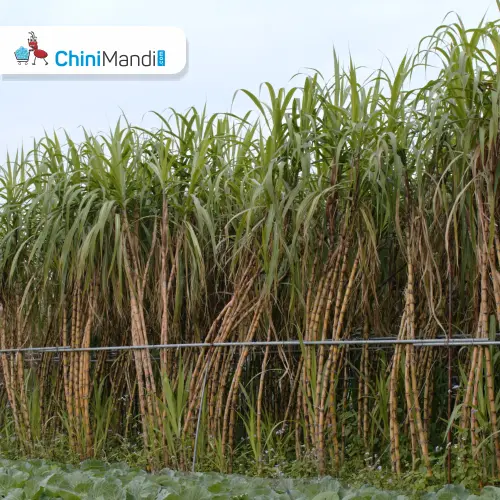India, primarily an agrarian society, boasts a diverse range of crops including rice, wheat, millets, pulses, tea, coffee, sugarcane, oilseeds, cotton, and jute. The contribution of agriculture to the Gross Value Added (GVA) of the economy is 15% in the fiscal year 2022-23.
Sugarcane, the second most significant crop in the nation, spans approximately five million hectares. According to the Indian Council of Agricultural Research (ICAR), continuous mono-cropping of sugarcane over several decades has significantly depleted soil fertility. Studies estimate a loss of sugarcane yield ranging from 4.5% to 7.9% due to soil degradation in India.
Historically, experts and policymakers have advocated for intercropping in sugarcane cultivation. Intercropping involves simultaneous cultivation of two or more crops on the same land with a structured row-planting pattern, aimed at increasing productivity per unit area.
The Commission of Agricultural Costs and Prices (CACP) has urged the adoption of wider rows (at least 120 cm) to facilitate intercropping during the early stages of sugarcane growth, potentially generating additional income for farmers. This approach offers more space and sunlight for longer durations, enabling the growth of intercrops without compromising sugarcane yield.
Various studies suggest that growing legumes as intercrops can enhance soil fertility by fixing atmospheric nitrogen, which becomes available to associated sugarcane crops. CACP recommends short-duration crops that can be harvested before the final earthing up of sugarcane, promoting the development of improved varieties suitable for high-value short-duration intercrops.
Intercropping sugarcane with pulses, oilseeds, and vegetables is deemed more economically viable and sustainable than monoculture cultivation. With limited scope for area expansion under sugarcane due to competition for food and fibre, promoting intercropping emerges as a viable strategy to increase farmers’ net income.
Sugar companies in India are increasingly exploring intercropping practices as a means to revolutionise sugarcane farming. Sugar mills have also recommended farmers to go in for intercropping based on soil type. So far farmers have tried intercropping sugarcane with peas, tomatoes, mustard, eggplant, chickpeas, garlic, coriander etc.












